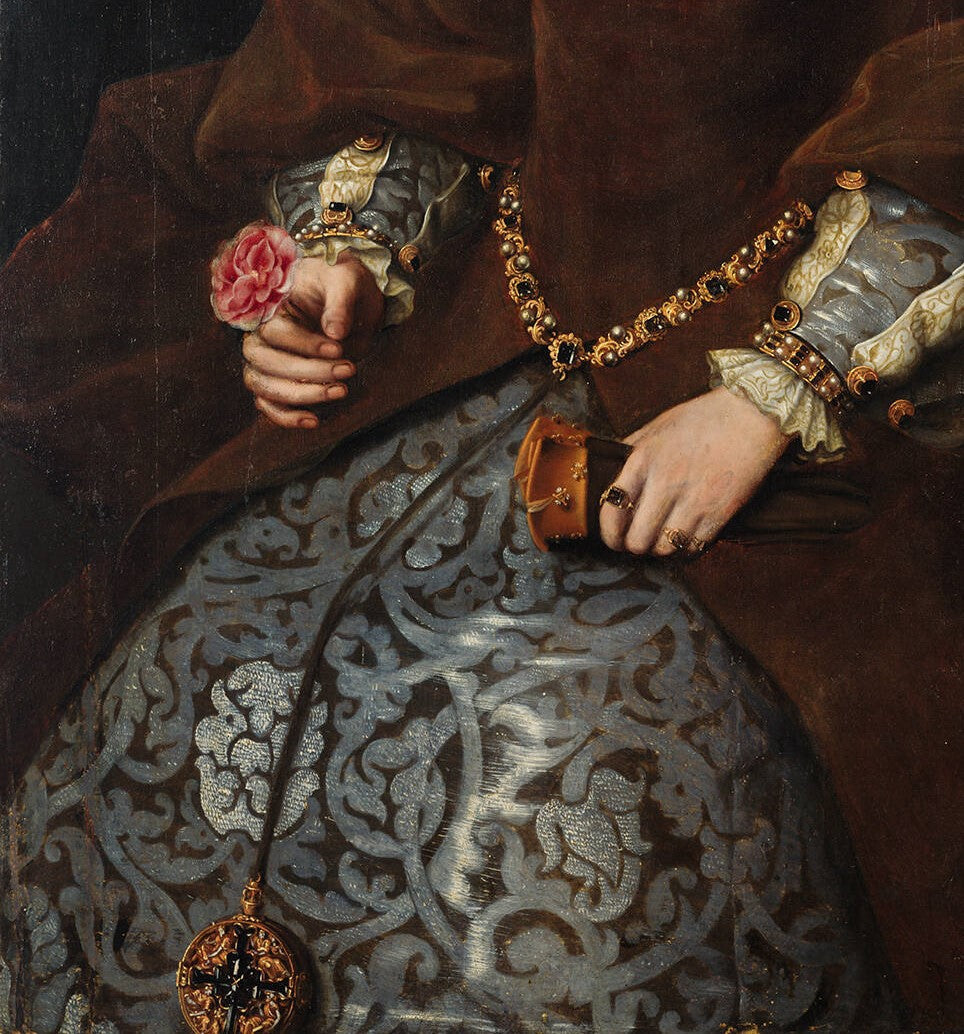Fragrance in Tudor England

The Tudor period (1485–1603) was a time of dramatic change in England, from the reign of Henry VII to the famous Elizabeth I. While we often associate this era with grand palaces, elaborate fashion, and political intrigue, one fascinating aspect of daily life was the scents that filled Tudor homes, streets, and courts. Fragrance played a key role in personal hygiene, religious rituals, and even social status. But what exactly did the Tudors smell like? Let’s explore the popular scents of the time.
The Importance of Fragrance in Tudor Life
Unlike today, where we have access to modern hygiene products, the Tudors relied on scent to mask unpleasant odors. Perfumed herbs, flowers, and spices were commonly used in homes and on clothing to keep people and spaces smelling pleasant. Tudor England was also deeply influenced by herbal medicine, with scents often linked to health and well-being. Fragrance was not only a luxury but also a necessity.
Popular Scents and Where They Came From
Many of the scents that filled Tudor life came from natural sources, both locally grown and imported from abroad. Here are some of the most common fragrances:
Floral Scents
-
Roses – A staple in Tudor gardens, rose petals were used in perfumes, rosewater, and potpourri.
-
Lavender – Used to scent linens, deter pests, and provide a calming aroma.
-
Violets – These delicate flowers were often incorporated into pomanders and scented waters.
-
Honeysuckle – A popular choice for perfumes and home fragrances.
Herbs & Spices
-
Thyme, Rosemary & Sage – Used in both cooking and as air fresheners.
-
Cinnamon & Clove – Imported spices that added warmth and depth to Tudor fragrances.
-
Nutmeg & Mace – Exotic spices associated with wealth and used in perfumes and pomanders.
Resins & Woods
-
Frankincense & Myrrh – Used in religious ceremonies and incense.
-
Sandalwood – A luxurious, warm scent used in perfumes and to scent wooden chests.
-
Cedarwood – Used to line wardrobes and scent rooms, helping to repel insects.
How the Tudors Used Scents
Personal Fragrance
Wealthy Tudors used perfumed gloves, pomanders (small balls filled with scented herbs and spices and often worn by ladies around their waist. An example can be seen in the painting above), and scented waters to stay fresh. Queen Elizabeth I, for example, was known to love sweet floral fragrances and regularly used scented gloves.
Home Fragrance
Tudor homes were often filled with rushes (straw-like floor coverings) that were mixed with herbs like lavender and mint to create pleasant-smelling floors. Potpourri and pomanders were placed around rooms to freshen the air.
Religious and Medicinal Uses
Scent was deeply tied to health and spirituality. Incense was burned in churches, and herbs like rosemary were believed to cleanse the air of disease. Sweet-smelling plants were often carried to mask bad odors in cities.
The Legacy of Tudor Scents Today
Many of the scents beloved by the Tudors remain popular today. Rose, lavender, sandalwood, and spice-based fragrances still appear in modern perfumes and home fragrances. If you want to experience the scents of the Tudor era, explore our Tudor Collection and indulge with candles inspired by Anne Boleyn, Elizabeth I and Tudor Christmases.
The Tudor period was a time of opulence, and fragrance was an essential part of life. Whether for luxury, hygiene, or health, the scents of this era continue to captivate us centuries later.

